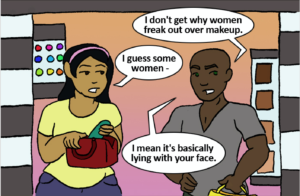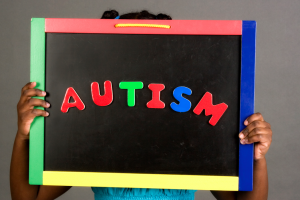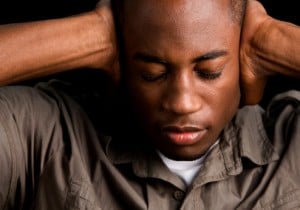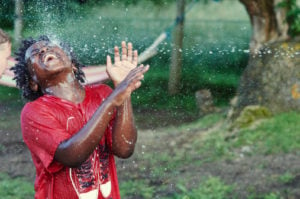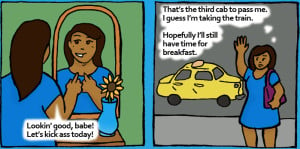Hello, I’m Rena, nice to meet you, and thank you for clicking on this video. Today, I am going to talk to you a little bit about asexuality as well as aromanticism, and I will be referring to two articles on psych2go.net called the “Asexual Orientation” by Heather Raeburn as well as “Asexuality, Romantic, Aromantic, and Everything in Between” by Casey Hidalgo.
If you don’t know what asexuality is already, according to asexuality.org, asexuality is someone that doesn’t experience any sexual attraction. But just because someone doesn’t necessarily feel the attraction doesn’t mean that they can’t have sex or engage in sexual activities, as well as, it’s not like they can’t engage in romantic relationships either. That would be with aromantic people.
Aromantics have no desire for romantic relationships. However, just because someone has no desire for romantic relationships doesn’t mean that they can’t form other relationships like platonic relationships or relationships with their family. They are just not interested in maintaining a relationship that has to deal with romance.
As it’s still a very vague concept on “is it considered an actual orientation,” some people believe that it’s not an orientation at all. They believe that it’s a gender identity disorder called hypoactive sexual desire disorder, or HSDD.
There are a number of different studies that try to divulge deeper into the idea of asexuality. One such study decided that they were going to divulge a little bit deeper into asexuality by polling 102 individuals online that identified as asexual. Through this, they were able to divide and categorize asexual people as being aromantic and romantic.
If a person says that they’re straight, it’s usually implied that they’re both heterosexual and heteroromantic; similarly, if a person identified as gay, they’re believed to be homosexual, and homoromantic. But the thing with asexuality, as well as any other sexuality or romantic orientation, is that you can be asexual, and you can be panromantic, or you could be demisexual and you could be biromantic. There’s lots of different mixes and matches that you can be from your sexual orientation and your romantic orientation.
I think generally the idea of asexuality in aromantics is very forward. When you look into society and you turn on the radio, or you turn on the television, there’s a lot, a lot, a lot of songs and TV shows and movies that are all about romance, and you know the guy gets with the girl, or the guy actually loves the guy in the end, but doesn’t really like the girl, or you know songs about sex.
Society has that into you. It makes you feel like you need to like this stuff, you know you want to get married, you want to have relationships with people, and you want to cuddle, and hold hands, and spend Valentine’s Day with your boyfriend or your girlfriend. Not everyone is like that, and because of that, and because of the way that society pounds this on to you, a lot of aces and aros tend to believe that they are broken, something is wrong with them, which is definitely not the case.
The other problem, of course, is a lot of people confuse asexuality with celibacy. Celibacy is a choice that people make not to have sex. First of all, I want to ask you, have you ever heard of asexuality? Have you ever heard of aromantics? If you have, has it been out of the idea of like trees being asexuals?
The other question that I want to ask aros and aces, is before you knew that you were asexual or aromantic, did you believe that you were heterosexual and heteroromantic due to heteronormativity?
Comment below, like this video, give it a thumbs up if you enjoyed it. Comment, subscribe, follow us on our social media sites, Facebook, Twitter, Tumbler. If you have any questions, I will try and get back to you. Thank you so much for watching! Bye!





